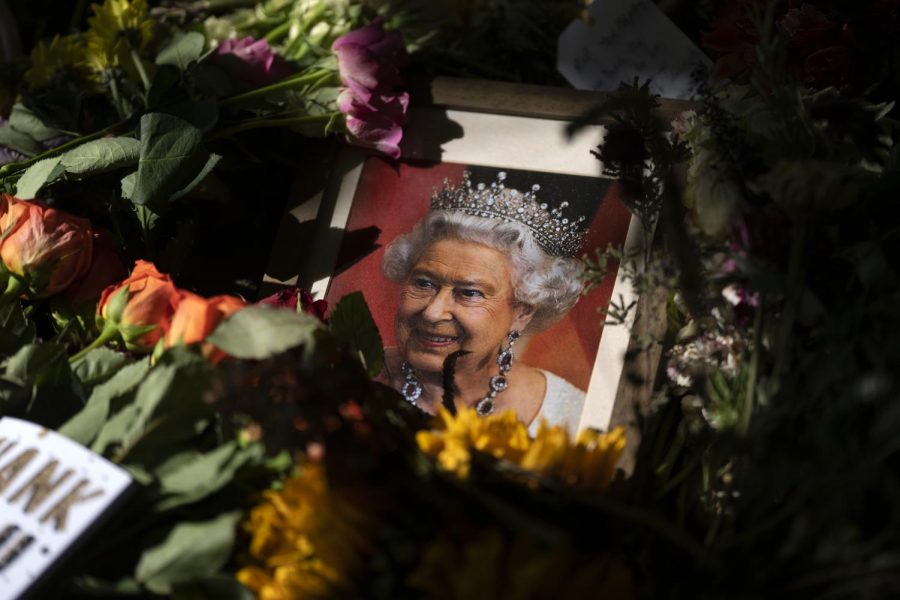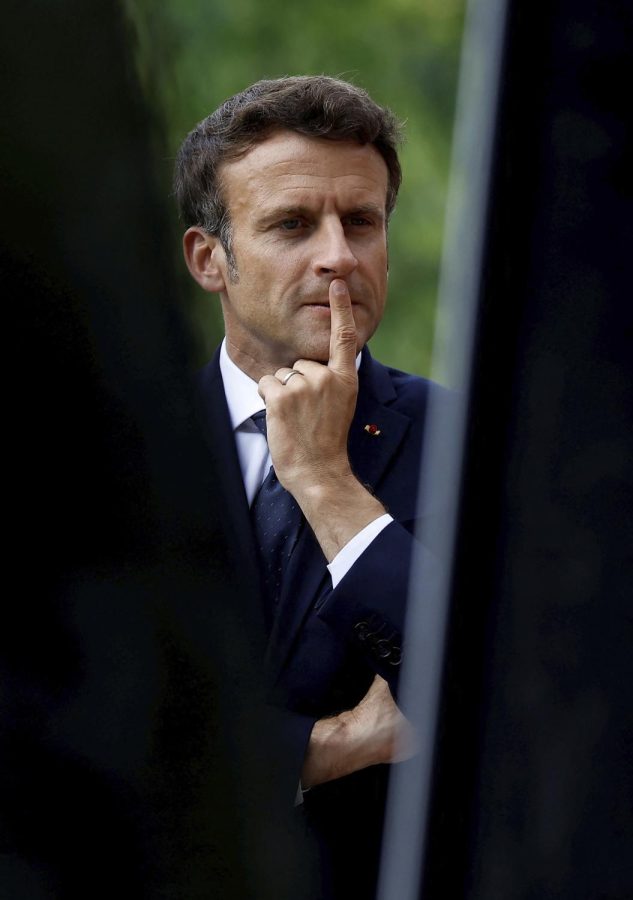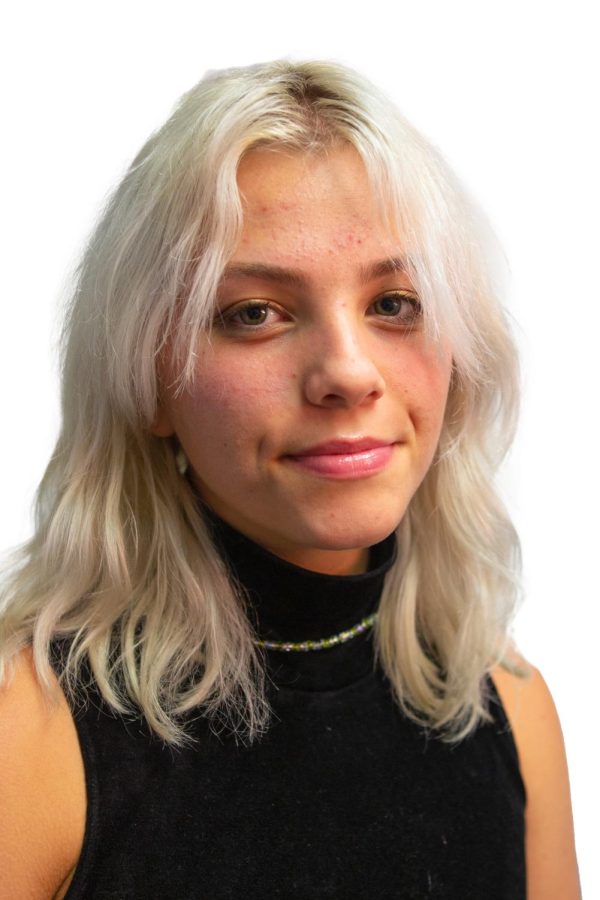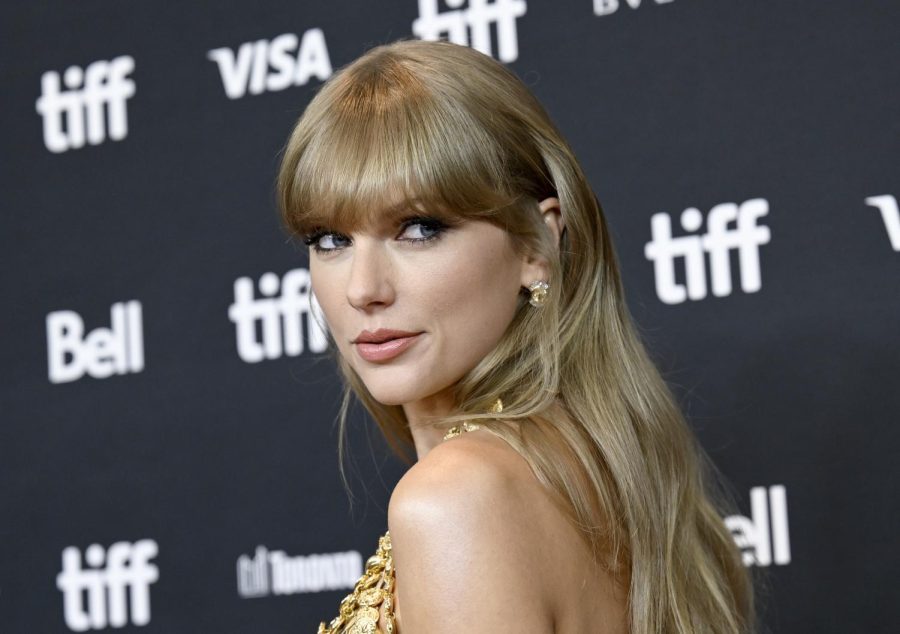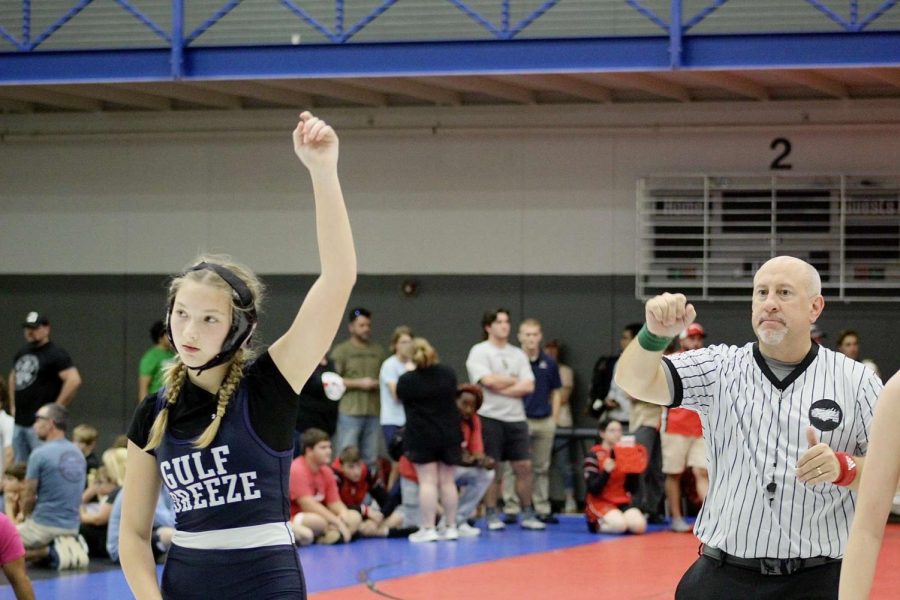Diagnosing social media
December 27, 2022
Beauty is in the eye of the beholder. This saying originates from the 3rd century BC in Greek. It carries on today as a very well-known saying with a literal meaning that the perception of beauty is subjective. American society has been creating beauty standards dating back to the 1800s with portraits and paintings of idealized feminine beauty in America. A modern form of this, however, is through social media. Some beauty standards, especially more recent ones, are highly unattainable and create consequences such as eating disorders, mental health issues, body dysmorphia, etc. Social media influences many of its users in negative ways and can ultimately lead to mental health and developmental struggles.
American society enforces unrealistic beauty standards through social media. A direct example of this is the modeling business. Leah Hardy, former editor of British Cosmopolitan, spoke about the ugly side of modeling in an article by Racked claiming photoshop is used to make underweight girls look healthier for photoshoots. Hardy says “They had 22-inch waists (those were never made bigger), but they also had breasts and great skin. They had teeny tiny ankles and thin thighs, but they still had luscious hair and full cheeks. Thanks to retouching, our readers—and those of Vogue, Self, and Healthy magazine—never saw the horrible, hungry downside of skinny. That these underweight girls didn’t look glamorous in the flesh. Their skeletal bodies, dull, thinning hair, spots, and dark circles under their eyes were magicked away by technology, leaving only the allure of coltish limbs and Bambi eyes.” These models had sacrificed their own health just to fit into social media’s beauty standard. When these photoshopped images are put into advertisements on social media, young girls with developing minds believe that is what they’re supposed to look like. Social media creates a sort of competition for likes and validation from others, and when these types of standards are introduced, consequences surface.
Social media has also been found to be addictive, especially amongst teens. According to Addiction Center, this can be classified as a “behavioral addiction” and can include symptoms that occur in other addictions. The likes, comments, shares, etc. can become overwhelming and “cause the brain’s reward area to trigger the same kind of chemical reaction seen with drugs like Cocaine”. Dopamine can be released when someone receives a notification or a form of validation online, which in turn makes one chase this feeling. This turns into an unhealthy addiction and can lead to serious symptoms such as moodiness, withdrawal symptoms, and more. Furthermore, certain social media platforms will appeal to this addiction with instant gratification. A prime example of this is TikTok, where short video clips are posted by users on the app and shared worldwide. Scrolling through TikTok videos over and over without an end keeps you searching for satisfaction, but in reality, you’re amused by each short video for such a short period of time until you become bored and swipe to the next. The short clips of perceived happiness trains your brain to expect instant gratification from notifications. This can lead to a user scrolling for hours finding amusement with each short clip, and the next, and the next… These social media addictions can be responsible for eventually leading to unhappiness, anxiety, depression, and more.
Having already stated that social media can cause mental health disorders or addiction, what age does this apply to? It seems absurd that a child in middle school could be so heavily influenced by social media, but unfortunately, it’s true. Information from McLean hospital, a Harvard medical school affiliate, suggests that “the earlier teens start using social media, the greater impact the platforms have on mental health.” As young teenagers continue to mature and develop, social media platforms offer the basis for exclusion, cyberbullying, jealousy, and more. Young kids are missing out on key parts of development, as Megan Lottes on Youth First says, “Research reported on childmind.org, as well as many other sources, shows that heavy social media use has been linked to increased depression, anxiety, and low self-esteem among kids. It prevents the development of some social skills and direct communication skills.” New generations of kids are being exposed to the negative sides of social media at a much younger age than before, which could have even worse effects.
Social media can be used for good, in ways such as raising awareness about certain things or promoting communication between distances, but there’s cons that go with the pros. Mental health has been a large issue recently in society and rightfully so considering the stigma surrounding those who struggle. Social media, I believe, is a large factor that contributes to the development of a mental illness or struggle in people of all ages. Whether it’s the portrayal of an artificial beauty standard, the unhealthy addiction to social media, or the wide range of ages these issues affect users, social media has a lot to improve on. I believe this genuinely is a much larger problem in our society than what it’s made out to be and needs to be addressed formally to prevent further harm than what is being done.
Additional reading:
The Effects of Social Media on Mental Health – Penn Medicine Lancaster General Health
Teens and social media use: What’s the impact? – Mayo Clinic
Social Media and Its Impact on Mental Health | Psychology Today



